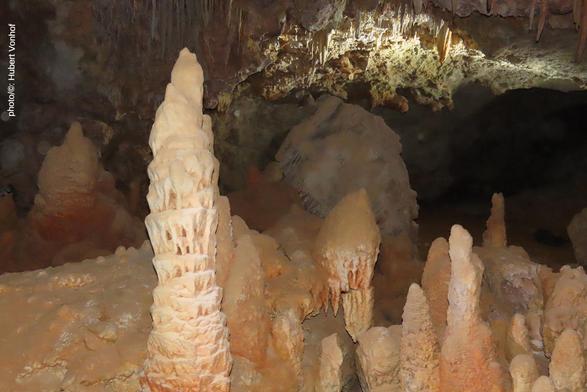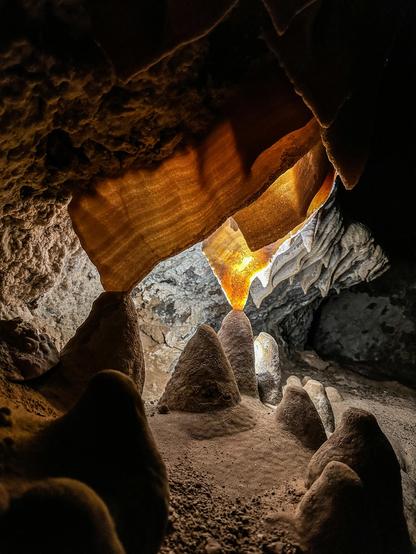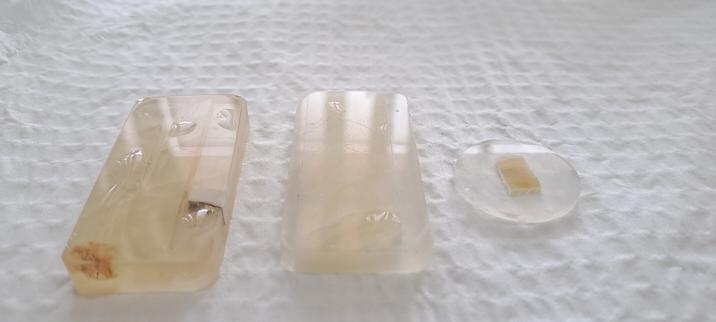#PaperClub is back for the start of 2025, and we're kicking off with Patterson et al (2024), who present a PCP-corrected stalagmite d18O record from Vietnam, spanning 45-4 ka. Interesting paper, and the whole 'PCP impacts on d18O' thing has been getting quite a lot of airtime in recent years. Hopefully without sounding like a hater, I remain a bit skeptical. In this instance, the model assumptions include a feeding stalactite drip rate of 1 drip/second, which seems too high for LGM (where PCP effect on the stal was greatest). For stalactite PCP to be recorded in a stalagmite, there must not be sufficient residence time for re-equilibration to occur. I would love to see a sensitivity test of the drip rate on the model.
Growth rates during the 'peak PCP' period were also extremely low (<5 um/yr), which suggests to me that growth was likely not continuous over the period. d18O vals were high, I assume there was greater opportunity for disequilibrium to drive the signal rather than PCP?
Anyway, I'm definitely no expert in d18O kinetics, and I'm looking forward to hearing the opinions of the group, and anyone else who has read the paper :) I am really happy to be wrong about this, as there are lots of clever people on the paper who know more than me about this stuff!
#Paleoclimate #Speleothems #speleology
https://www.nature.com/articles/s41467-024-53422-y


